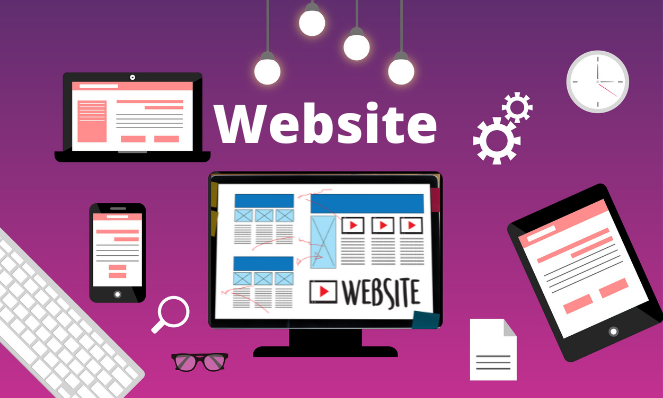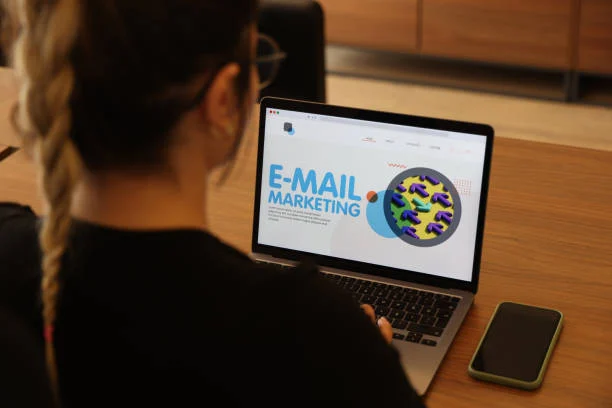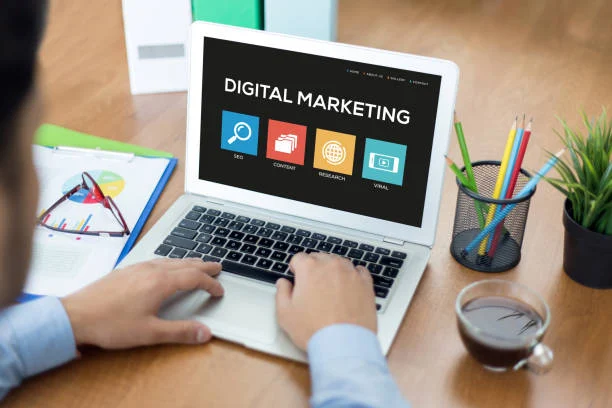Today, in the digital world, your website is often the first contact your business has with potential clients. From home services to digital marketing, and any other industry-specific solution, a user-friendly website plays a crucial role in turning visitors into loyal customers. How can you create a website that attracts visitors and makes them paying clients? Design, functionality, and experience can provide an answer.

Here’s a guide to building a website that converts visitors into clients, step by step:
1. Prioritize a Clear and Intuitive Navigation:
Your website should be easy to navigate, with a clear structure that helps visitors find what they need quickly. When building your site, make sure the following elements are in place:
- Simple Menu: Limit the number of menu items that are in the navigation so as not to overwhelm your visitors. Only include the important sections like Home, About, Services, Blog, and Contact.
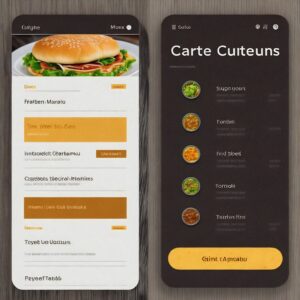
- Sticky Navigation Bar: This is a fixed navigation bar which remains visible as users scroll; therefore, they can easily get the menu no matter where they are on the page.

- Internal Links: Use clear calls to action (CTAs) that guide users to relevant pages (e.g., from a service page to a contact form).
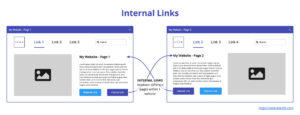
The easier you make it for users to navigate your site, the more likely they are to stay and engage with your content.
2. Ensure Fast Loading Times:
In today’s fast online world, users expect websites to load in a snap. In fact, studies show that 53% of mobile visitors will leave a site if it takes longer than three seconds to load. Avoid losing potential clients by having your website load quickly with these tips:
- Optimizing Images and Files: Compress large images and files so they are smaller in size without reducing the quality.
- Minimizing Code: Use efficient coding practices to remove unnecessary elements that could slow down the page.
- Using a Reliable Hosting Service: Invest in a good hosting provider that offers fast servers to handle your website’s traffic.

A fast website not only keeps users engaged but also helps improve your search engine ranking, which ultimately increases your chances of being found by potential clients.
3. Make Your Call-to-Actions (CTAs) Clear and Compelling:
CTAs are critical in converting visitors into leads or clients. If the visitor doesn’t have any clue of what to do, he will just leave your website without taking any action. Here’s how you can maximize CTAs:

- Visibility: Put CTAs where they can be noticed easily. Typically at the top of the page, in the middle of content, and at the end of key sections.
- Action-Oriented Language: Utilize verbs that cause people to take action, like “Get a Free Quote,” “Schedule Your Appointment,” or “Contact Us Today.”
- Contrasting Colors: Ensure that your CTA buttons really stand out from the crowd, but not so much that they look awkward in your overall website color scheme.
As easy as possible for visitors to convert-be it filling out a form, making a phone call, or making a purchase.
4. Mobile Friendliness:
As people increasingly use smartphones and tablets, it is important that your website is fully optimized for mobile users. A responsive design will ensure that your site looks and functions properly on all devices, which means a better user experience.
Key things to consider for mobile optimization include:
- Responsive Design: Ensure that your website layout adapts to various screen sizes.
- Touch-Friendly Buttons: Big buttons make it easy for mobile users to navigate your site.
- Mobile-Friendly Forms: Ensure that forms are easy to fill out on smaller screens with fields large enough to interact with.

A mobile-friendly website ensures that you don’t miss out on potential clients who may access your site from their phones or tablets.
5. Use Trust Signals to Build Credibility:
Visitors need to trust your business before they decide to hire you or buy your product. You can establish credibility and confidence with several trust signals, such as:
Customer Reviews and Testimonials: Display reviews from happy clients on your website. Real-life feedback can have a significant impact on the decision of potential customers.
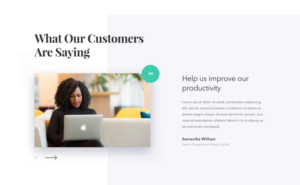
Certifications and Accreditations: Show any industry certifications or professional affiliations that add to your expertise.
Security Badges: If you have an eCommerce website, include SSL certificates and payment security badges to prove that your site is safe for transactions.
Case Studies or Success Stories: Share detailed case studies or examples of how you have helped other clients achieve results.

When potential clients see evidence of your business’s reliability, they’re more likely to convert into paying customers.
6. High-Quality Visuals and Clear Messaging:
The look of your website is going to play a very significant role in its conversion. So, invest in the quality of visuals and ensure your messaging is clear and concise.
- Professional Photos: Use high-quality images that represent your brand and services.
- Engaging Videos: Videos can explain your services better than text and can help build a stronger emotional connection with potential clients.
- Clear, concise copy: ensure that your website’s content is readable and to the point. Visitors should be able to immediately understand what you are offering and how it can benefit them.
Clear visuals and messaging may help keep visitors engaged, minimize bounce rates, and convert.
7. Provide easy access to contact information:
Ensure your visitors can easily reach you in case they have questions, consultancies, or even a quote. Ensure that you provide several places on your site with contact information.
- Contact Form: You should provide a simple contact form that does not request much information upfront. Ensure it is short and to the point, so more people fill it out.
- Phone Number: Make your phone number easily visible, preferably in the header or footer of each page.
- Live Chat: Make it possible for visitors to live chat with you so that their queries can be answered in real-time.
- Email Address: Display an email address on which they can reach you if their query is a bit detailed.

The more accessible you make it for potential clients to reach you, the more likely they are to follow through with the conversion process.
8. Test and Optimize Your Website Continuously:
Once your website is live, the work doesn’t stop there. Continuously test and optimize your website to ensure it’s performing as well as possible.
- A/B Testing: Test different versions of your pages to see which performs better.
- Heatmaps and Analytics: Use tools like Google Analytics or Hotjar to track user behavior, identify where visitors are clicking, and spot any bottlenecks in the conversion process.
- Feedback Loops: Encourage visitors to share their opinions through surveys or feedback forms. This might give you insight into pain points that may improve your site.
Maintaining regular optimization ensures your site remains relevant to your business and converts more visitors into clients.
Conclusion: Building a Website That Delivers Results
Building a conversion-friendly website that converts visitors to clients requires thoughtful design, frictionless functionality, and attention to the customer journey. A great website is one that pays close attention to navigation, speed, mobile optimization, trust signals, and clear calls to action, making visitors stay around and become loyal clients in the long run.

Whether you’re ready to build or improve your website for better conversions, 7th Growth Marketing can help you design and optimize a site that drives results and helps your business grow. Reach out to us today to start building a website that works for you!

